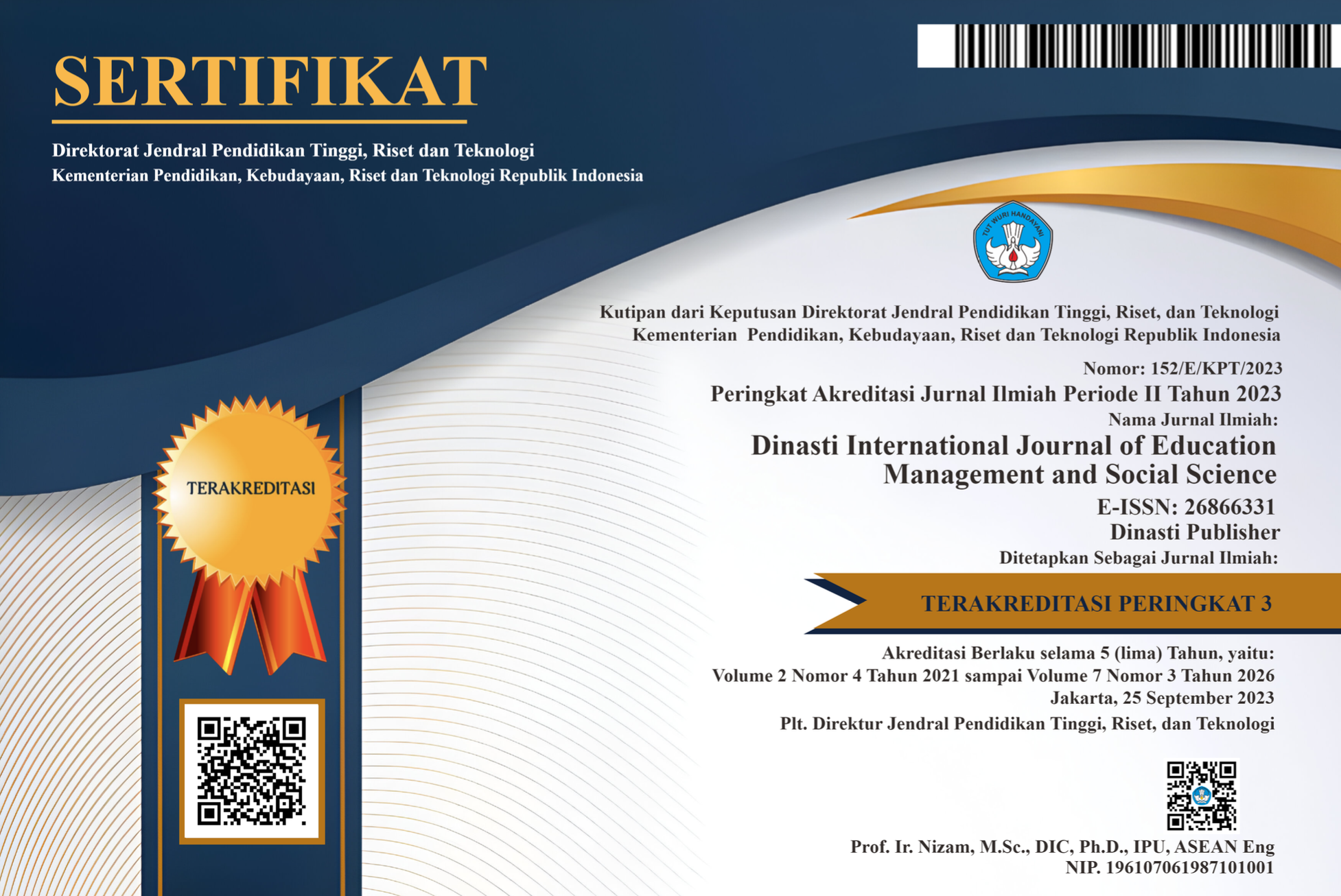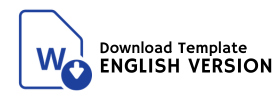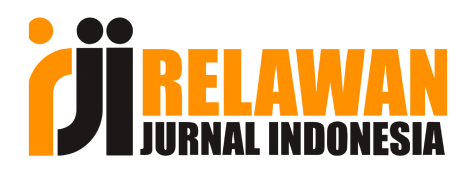The Model of Employee Experience And Productivity
DOI:
https://doi.org/10.38035/dijemss.v6i5.4628Keywords:
Employee Experience, Employee Productivity, Leadership, Well-Being, Organizational Culture, Work TechnologyAbstract
This study aims to examine the effect of employee experience on employee productivity in service sector companies located in West Java Province, Indonesia. Employee experience is assessed through four main dimensions: work technology, organizational culture, leadership, and employee well-being. The study adopts a quantitative explanatory research approach. Data were collected using a structured questionnaire distributed to 100 permanent employees across various service-based companies. Multiple linear regression analysis was employed using SPSS software. The results show that all dimensions of employee experience have a positive and significant effect on employee productivity, with leadership emerging as the most dominant factor. The regression model demonstrates an R square value of 0.507, indicating that 50.7% of the variability in employee productivity can be explained by the four dimensions of employee experience. These findings highlight the importance of strategically managing employee experience as an effective managerial approach to enhancing both individual and organizational performance.
References
Bersin, J. (2019). Employee experience: A new paradigm for HR. Deloitte Insights. Retrieved from https://www2.deloitte.com
Creswell, J. W., & Creswell, J. D. (2018). Research design: Qualitative, quantitative, and mixed methods approaches (5th ed.). SAGE Publications.
Cropanzano, R., & Mitchell, M. S. (2005). Social exchange theory: An interdisciplinary review. Journal of Management, 31(6), 874–900. https://doi.org/10.1177/0149206305279602
Gallup. (2023). State of the Global Workplace 2023 Report. Gallup, Inc. Retrieved from https://www.gallup.com
Hair, J. F., Black, W. C., Babin, B. J., & Anderson, R. E. (2019). Multivariate data analysis (8th ed.). Cengage Learning.
Morgan, J. (2017). The employee experience advantage: How to win the war for talent by giving employees the workspaces they want, the tools they need, and a culture they can celebrate. Wiley.
Plaskoff, J. (2017). Employee experience: The new human resource management approach. Strategic HR Review, 16(3), 136–141. https://doi.org/10.1108/SHR-12-2016-0108
Rathi, N., & Lee, K. (2021). Understanding the role of organizational culture in employee experience and engagement. European Journal of Training and Development, 45(5/6), 481–497. https://doi.org/10.1108/EJTD-06-2020-0111
Saks, A. M. (2022). Quiet quitting and employee engagement: A conceptual analysis and research agenda. Human Resource Development Review, 21(4), 441–458. https://doi.org/10.1177/15344843221138098
Sugiyono. (2021). Metode Penelitian Kuantitatif, Kualitatif, dan R&D (4th ed.). Alfabeta.
World Economic Forum. (2020). The future of jobs report 2020. World Economic Forum. Retrieved from https://www.weforum.org/reports/the-future-of-jobs-report-2020
Downloads
Published
How to Cite
Issue
Section
License
Copyright (c) 2025 Elvie Maria, Peni Cahyati, April Gunawan, Brilliant Handyman Manalu, Andriasan Sudarso

This work is licensed under a Creative Commons Attribution 4.0 International License.
Authors who publish their manuscripts in this journal agree to the following conditions:
- The copyright on each article belongs to the author(s).
- The author acknowledges that the Dinasti International Journal of Education Management and Social Science (DIJEMSS) has the right to be the first to publish with a Creative Commons Attribution 4.0 International license (Attribution 4.0 International (CC BY 4.0).
- Authors can submit articles separately, arrange for the non-exclusive distribution of manuscripts that have been published in this journal into other versions (e.g., sent to the author's institutional repository, publication into books, etc.), by acknowledging that the manuscript has been published for the first time in the Dinasti International Journal of Education Management and Social Science (DIJEMSS).















































